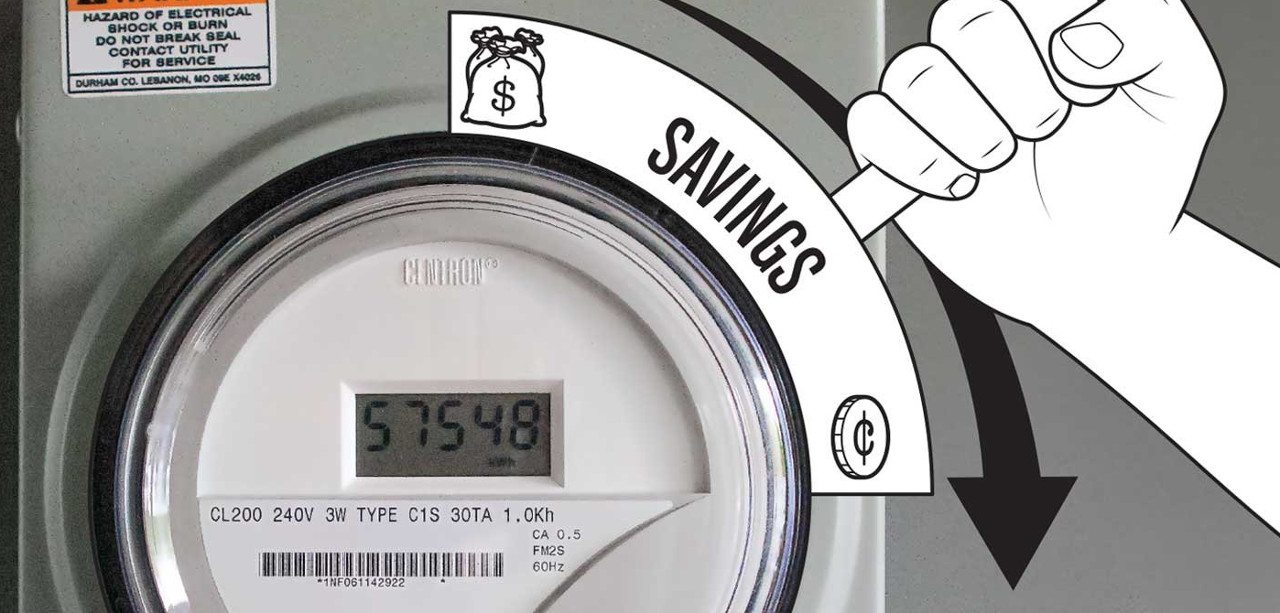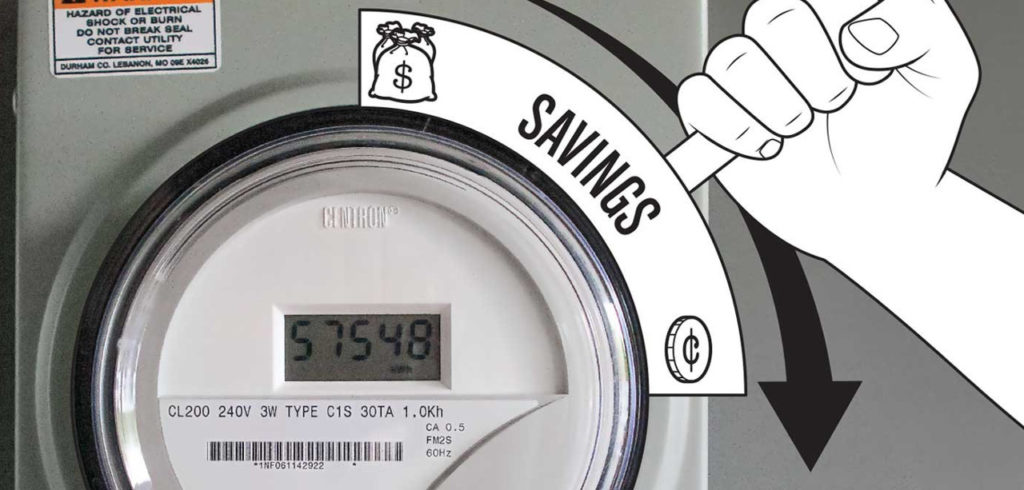
How Utilities Are Fighting Back (Consumer Reports 08/2016)
In February the leading giant SolarCity closed its operations in Nevada, laying off more than 550 employees there. A couple of months earlier, the Nevada Public Utilities Commission, which regulates the state’s energy market, voted to cut by 2 cents per kilowatt-hour the credit that homeowners get for the solar generated electricity their systems contribute to the grid with more reductions to follow. “That works out to an average of $11,000 in lost savings for every solar customer over their 25-year lease”, says SolarCity CEO Lyndon Rive. “Worst of all, regulators applied the change retroactively to the 17,000 existing solar customers in the state.”

The Nevada decision is the most extreme outcome yet of a battle being waged by utilities against the growing solar industry nationwide. In Arizona, one utility has applied demand-charge rates for solar customers. It’s an added fee that can’t be offset by the credits solar customers earn for the excess power they generate and send to the grid. Other Arizona utilities are proposing demand charges.
California regulators recently imposed a $75 to $150 one-time connection charge for solar customers, as well as other new policies and fees that will cut into the savings for California homeowners who install solar.
An additional 30 states are considering proposals by utilities to increase fixed charges for all residential customers. Those fees would be charged to every household before the meter even starts running and are in addition to per-kilowatt-hour charges.
Utilities argue that because transmission costs – for line maintenance, tree trimming, and emergency crews, for instance – have traditionally been paid by the kilowatt-hour, solar customers aren’t contributing their fair share, even though they continue to use the lines (primarily at night). What’s more, in order to accommodate solar customers, utilities say they must invest in new technologies that allow them to, for example, scale production up and down based on whether it’s a sunny or cloudy day.
“We need to make sure the grid can sustain the two-way flow of electricity as increasing numbers of solar customers come on-line,” says Jeff Ostermayer of the Edison Electric Institute, a trade association representing every investor-owned electric company in the U.S. Without charges such as fixed charges for distribution and transmission, paying lower prices for surplus electricity generated by homes with solar panels, or assessing monthly demand charges to solar customers, “everyone else subsidizes the solar customer,” he says.
But research shows that solar customers have a positive impact on utility finances because they reduce electricity demand and, therefore, the tremendous expense of adding capacity, say Sara Baldwin Auck, regulatory program director at Interstate Renewable Energy Council. “The vast majority of cost-benefit studies show a net benefit from solar,” she says. “The independent studies show either no effect, a minor one, or a positive benefit to utility finances.”
A February 2016 study commissioned by Consumers Union, the advocacy arm of Consumer Reports, echoed those findings and added that cost benefit analyses done by utilities should be viewed with skepticism. The report, by research and consulting firm Synapse Energy Economics, also showed that raising fixed charges creates other problems — such as disproportionately affecting low income households and those that use very little electricity. It also said that because higher fixed fees reduce the incentive to conserve energy (not only through solar projects but also efficiency upgrades of any kind), they can drive up electrical usage, requiring new power plants and other expensive infrastructure upgrades that raise electricity rates for everyone.
“Solar penetration would have to reach more than 15 percent of the market before utilities would need to make investments to alter the grid, ” says Joshua Pearce, a solar expert at the Michigan tech Open Sustainability Technology Lab. But only about 1 percent of Americian homes, currently generate any solar power – which is over 40 times the number it was just a decade ago.
Fighting to make residential solar power less viable for consumuers is actually a huge tactical mistake for the utilities to make, Pearce says. “We’re just a few years away from affordable batteries, which — along with a backup generator – will allow existing and new solar customers to disconnect from the grid entirely.” Which means that some day soon, consumers could defect from the grid en masse. The far smarter move for utilities would be to embrace solar, he says. Sacramento Municipal Utility District, for example, helps its customers decide whether solar would work for them by offering an on-line calculator that estimates the size of the rooftop solar system needed, the possible saving, and installation costs.